Better Homes And Gardens Companion Planting
Companion planting – growing certain crops or flowers side by side for beneficial effects – is a method that has been used by farmers for thousands of years. It also occurs naturally in nature, where certain plants grow together while others are never seen in each other's company.
We can learn a lot from this and use companion planting in our own gardens – especially companion planting vegetables.
With so many varieties of fruit and vegetables to grow, it can sometimes be overwhelming to know what to plant. But you can make the most of your garden by planting beneficial companions that can help improve home-grown produce by managing pests, promoting pollination, influencing soil nutrients and maintaining diversity.
Scroll down to find out what you should and shouldn't be planting together.
See: Kitchen garden ideas – easy ways to get started
What is companion planting?
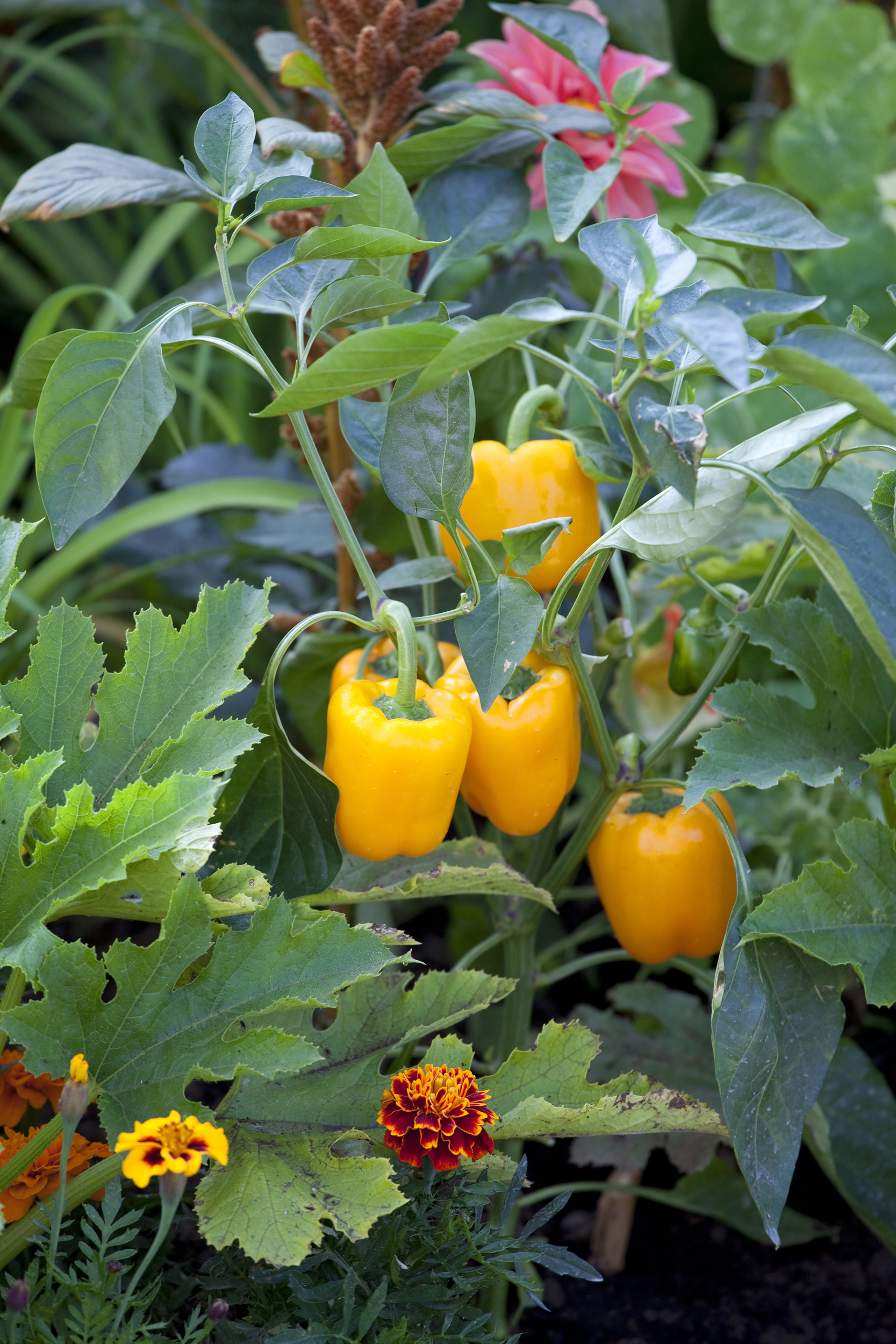
(Image credit: Leigh Clapp)
Companion planting simply refers to growing two or more different plants together for a beneficial effect, which is mainly used in the vegetable garden.
So how does companion planting work?
- Promotes growth: Some companion plants actually help each other to grow and thrive, giving support, shelter and root space, enhancing the production, improving the taste, or creating better biodiversity.
- Deter pests: Others taste bitter or are toxic to pests like aphids, so act as natural pest deterrents, such as Artemisia absinthium, tansy and pyrethrum daisies. Certain companion planting emits masking chemicals that deter detrimental insects, including rosemary, lavender and mint.
- Attract pollinators: Many attract bees and other pollinating insects, which improves the yield of vegetable gardens and is helpful for a balanced garden and eco system.
What are the benefits of companion planting?

(Image credit: Leigh Clapp)
'There is an array of benefits to companion planting in an organic garden. Companion plants help to protect the soil, suppress weeds, fill in any gaps and encourage biodiversity,' says Emma O'Neill, head gardener at the charity Garden Organic.
See: Monty Don shares his secret for getting rid of garden weeds - for good
The more diverse planting the better. A careful selection of plants and companions allows more variety in a small space, while helping you, the gardener, at the same time. Single crop garden beds can become plagued by insects, while mixing plants together confuses pests.
Charlotte Harris and Hugo Bugg have designed the kitchen garden at the new RHS Garden Bridgewater. Set within the historic walls of the original kitchen garden, it showcases companion planting.
'We all do better with others in our lives and plants are no different, helping one another out, whether by acting as a lure, attracting beneficial insects or improving the soil. Importantly, companion plants are just as wonderful, beautiful and often edible – adding to the experience of your garden whatever the size of it,' says Charlotte.
Gardening author and designer Marylyn Abbot likes to mix flowers, herbs and vegetables together in long lines at her West Green House gardens.
'My first mission when I came here was to improve the soils and here companion and rotating planting assisted enormously. By planting a group of plants with different depth of root systems, this helped break up and improve the structure of the soils. A good example of this is planting carrots alongside tomatoes, plants whose roots go more deeply into the soil. The tomato is also a super decoy for keeping the rust fly from the carrots,' Marylyn explains.
See: How to grow tomatoes – the best ways to grow your own tomato plants
She adds: 'Do choose plants that have good manners and do not encroach on each other's space. By rotating crops and annuals the soil is not depleted of nutrients, and it is very enjoyable planting beautiful pictures in different vegetables and annuals each season.'
Companion planting vegetables and fruit
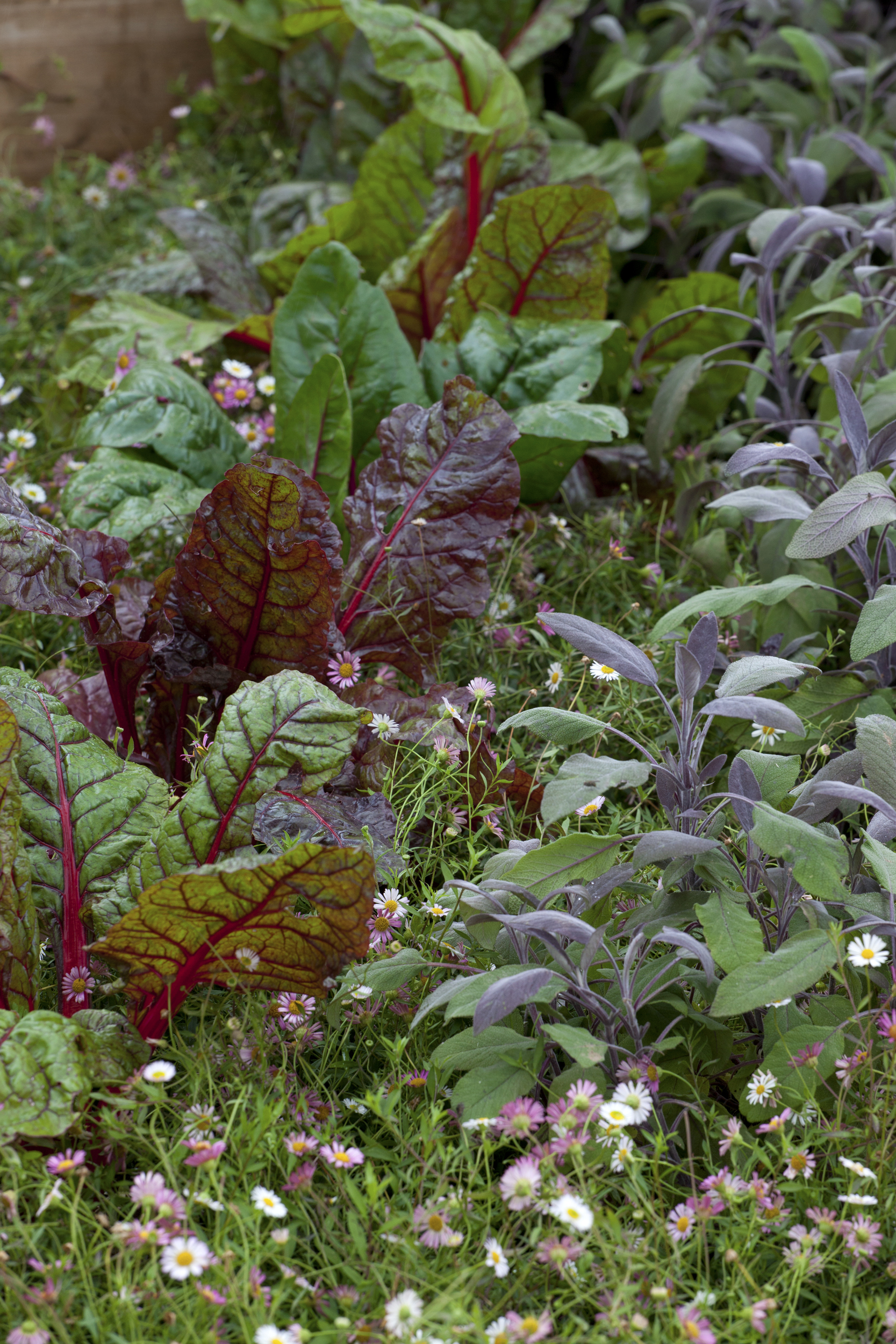
(Image credit: Leigh Clapp)
Below are examples of vegetables and plants that grow well side by side, either because they deter aphids, attract pollinators, enrich the soil, attract pests away from the neighbor crop, or improve the flavor of the companion vegetable.
For instance, companion planting tomatoes with basil is said to improve the yield, attract whitefly away from the tomato plants, and may improve the flavor of the fruit.
Equally, there are vegetables and flowers that you should avoid planting side by side. This may be because they compete for space, light, water, soil nutrients, or attract insects detrimental to the companion vegetables.
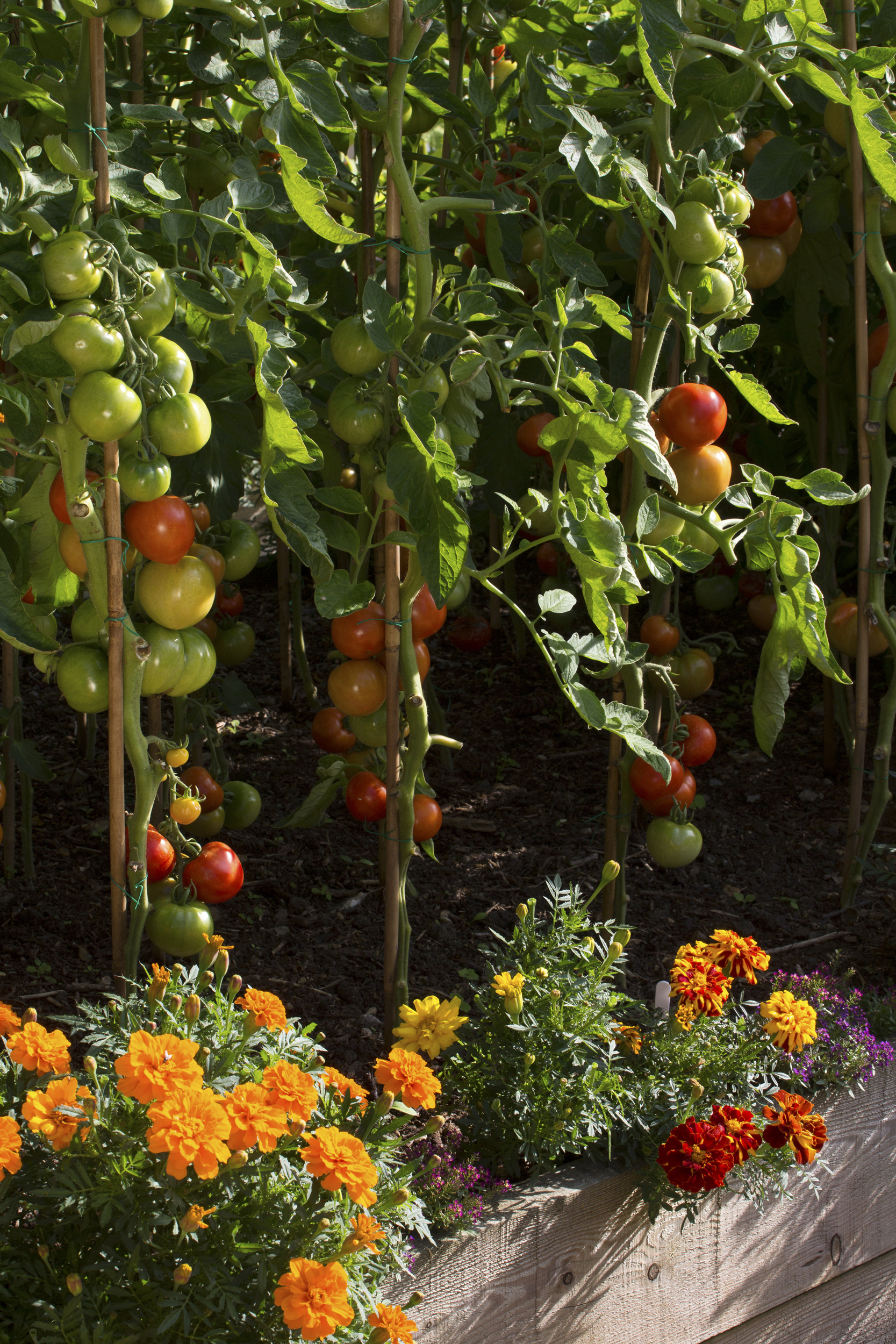
(Image credit: Leigh Clapp)
- Beans - companion plant with corn, squash, carrots, summer savory, sweet peas, cabbage, beetroot. AVOID onion family, fennel, sunflowers
- Broccoli - companion plant with chard, radishes, onions, mint, spinach, beetroot, celery, sage, oregano, rosemary. AVOID tomatoes, squash, strawberries, corn, pumpkins, asparagus, peppers
- Carrots - companion plant with onions, leeks, beans, brassicas, lettuce, peas, beans, sage, rosemary, tomatoes, melons, alliums. AVOID potatoes, dill, parsnips, celery, radish
- Cucumbers - companion plant with peas, beans, corn, radishes, onions, carrots, beets, cabbages, peppers, dill, oregano, nasturtiums, marigolds. AVOID potatoes, sage, melons
- Tomatoes - companion plant with basil, mint, beans, lettuce, garlic, squash, thyme, French marigolds, calendula, chives, asparagus, nasturtiums, cosmos, amaranth. AVOID potatoes, brassicas, aubergine, peppers, fennel, kohlrabi, corn, dill
- Potatoes - companion plant with horseradish, beans, basil, cabbages, corn, chamomile, alyssum, thyme, petunias, lamium, sage, nasturtium, coriander, tansy, nepeta, marigolds. AVOID squash, asparagus, nightshade family, fennel, sunflowers, raspberries, strawberries
- Strawberries - companion plant with asparagus, beans, borage, spinach, lettuce, garlic, onion, peas, thyme, horseradish, rhubarb, marigolds, chives. AVOID cauliflower, cabbages, broccoli, fennel, tomatoes, potatoes, melons, peppers, mint
- Peppers - companion plant with carrots, cucumbers, endive, aubergine, allium family, asparagus, squash, basil, parsley, oregano. AVOID beans, brassicas, fennel, strawberries
- Onions - companion plant with cabbage family, tomatoes, lettuce, peppers, chard, strawberries, dill, parsley, mint, chamomile, summer savory. AVOID beans, peas, sage, asparagus
- Leeks - companion plant with carrots, onions, garlic, beets, celery, tomatoes, fruit trees, parsley. AVOID beans, legumes, swiss chard
Flowers as companion plants

(Image credit: Leigh Clapp)
There are easy and attractive choices of flowers for companion planting with vegetables.
'Some of the best are marigolds, nasturtiums and calendula,' says Emma O'Neill of Garden Organic.
'Nasturtiums help to deter aphids and are often used as a sacrificial plant so aphids and black fly attack them but stay away from your precious vegetables.
'Calendulas are loved by bees and hoverflies, while the strong scent of marigolds confuses pests.'
Charlotte Harris and Hugo Bugg, also single out for attention the companion planting properties of hard-working and good-looking calendula, which they have included in the kitchen garden at RHS Garden Bridgewater.
'Calendula not only glows with joyous orange from early summer to autumn, but is a wonderful edible and medicinal plant that also repels whitefly from tomatoes, distracts aphids from crops and encourages beneficial insects,' explains Hugo.
Calendula is in the Asteraceae family, a group that has a vital protein in its pollen that allows beneficial insects, such as hoverflies and lacewings, to lay viable eggs.
Other good choices suggested include Erigeron karvinskianus, a wonderful, long-lasting and enthusiastic filler of gaps, Dyer's chamomile, and sunflowers.
See: How to grow sunflowers - a step-by-step guide
Companion planting herbs
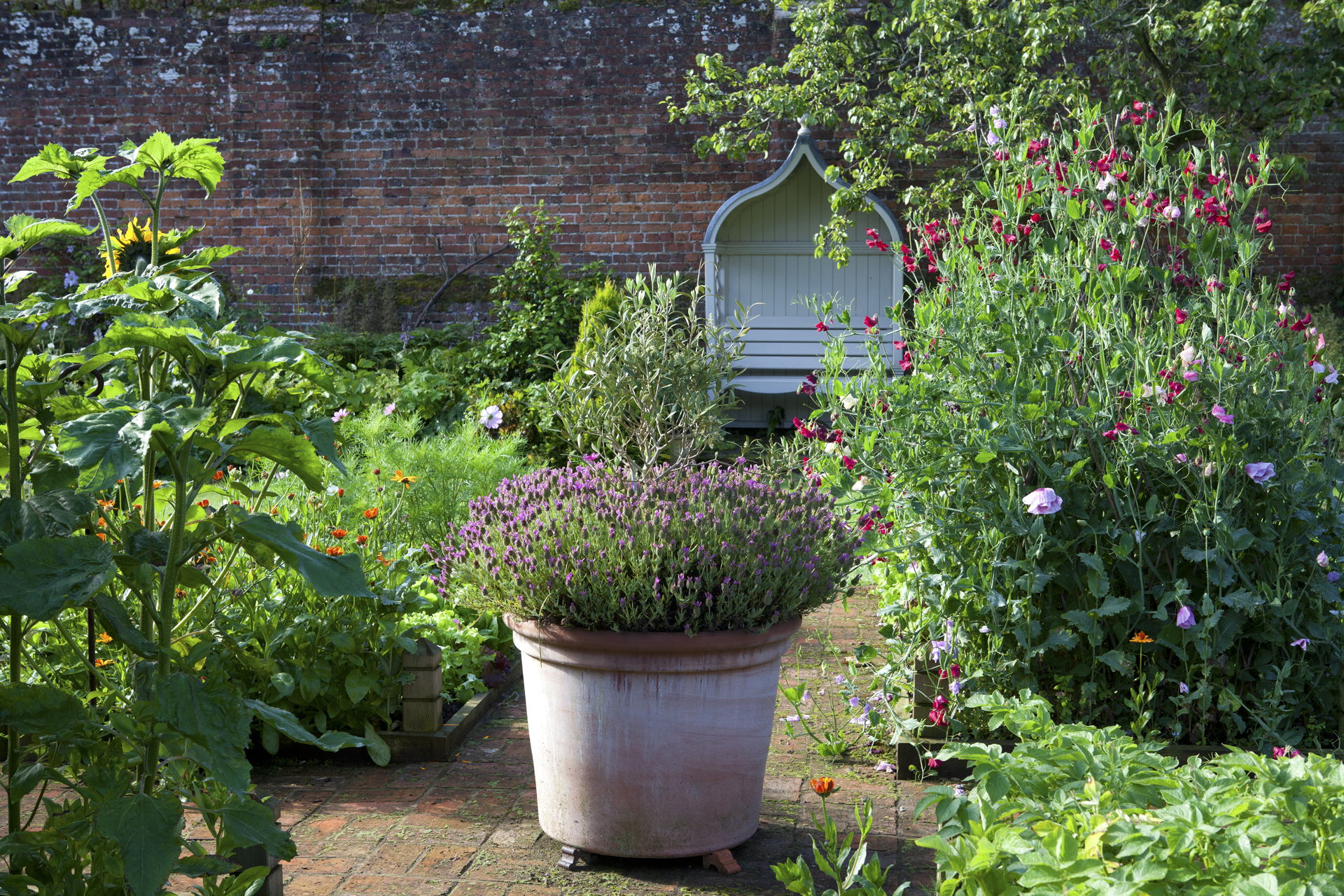
(Image credit: Leigh Clapp)
Mix herbs, including thyme, oregano, rosemary, mint and lavender companion plants through your plot to help repel insects with their aromatic foliage and to attract pollinators.
Organic grower, designer and author, Jekka McVicar VMH, of Jekka's Herb Farm, has a holistic approach to using herbs in the garden. 'I have more success when herbs are planted to attract a wide range of pollinators, which improves the yield, rather than as specific companion plants,' explains Jekka, who intermingles vegetables and an array of self-seeding herbs in her private garden.
'As herbs heal us they can also heal other plants; for example, chamomile next to an ailing shrub is a natural anti-fungal,' she adds.
See: Starting a herb garden - with tips on making it fragrant
Companion planting tips
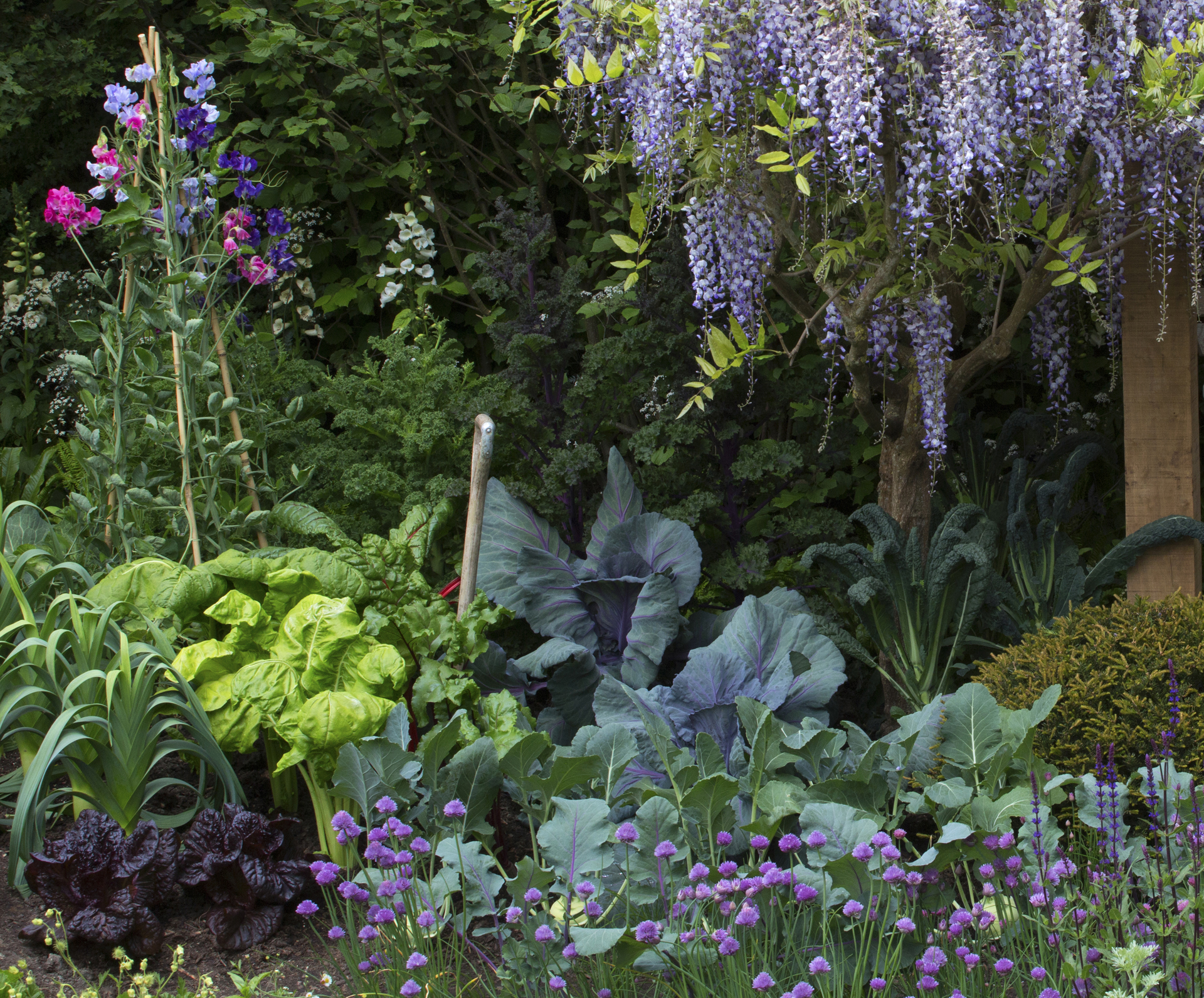
(Image credit: Leigh Clapp)
- Interplant strawberries with vegetables and herbs to conceal them from birds and pests
- Try the 'Three Sisters' method: Some companion planting combinations offer a physical advantage – for example the 'Three Sisters' method with beans, corn and squash: beans use corn as a support while fixing nitrogen at their roots; squash sprawls and helps cover weeds
- Use legumes, which help other crops by releasing nitrogen into the soil
- Improve flavor: Companion planting pairings to improve flavor include basil with tomatoes, borage to sweeten strawberries, and dill near corn
- Plant marigolds to suppress plant-parasitic nematodes
- Plant peas: fruit bushes and trees planted with peas, beans and sweet peas will flourish – the nitrogen from pea family roots benefits fruit
- Plant insect and bird-friendly companion plants to attract pollinators and natural predators
- Separate members of the same plant family – growing them together increases competition for soil nutrients, so it is best to scatter them across your vegetable garden
Using companion planting in your vegetable garden, raised beds or on your allotment not only makes good gardening sense, it will also reward you in many more ways.
Better Homes And Gardens Companion Planting
Source: https://www.homesandgardens.com/advice/companion-planting
Posted by: motleymainst.blogspot.com

0 Response to "Better Homes And Gardens Companion Planting"
Post a Comment